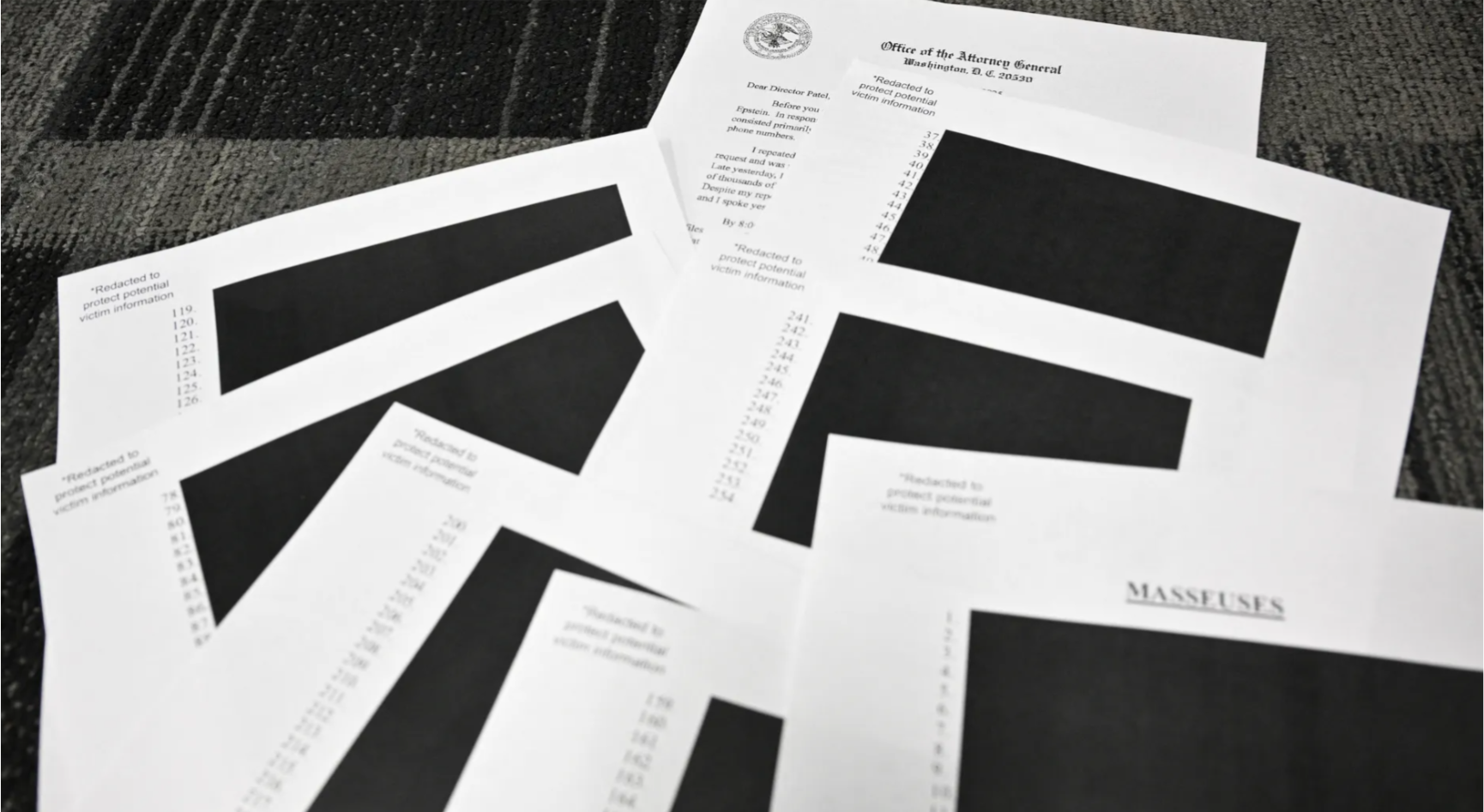(ThyBlackMan.com) What is the one thing we do not want to happen in retirement? I say death, but as this is an investment and finance blog- RUNNING OUT OF MONEY!
Financial professionals recommend to maintain your current lifestyle in retirement, you need about 70-90% of your FINAL income, EACH YEAR. If your retirement final income is $100,000 you need $70,000 to $90,000 annual income. Because of the extension of life expectancy and inflation, I recommend you target a 100% replacement of your final income. This should give you some cushion in the early years, allowing you to further extend your income.
SOURCES OF RETIREMENT INCOME
• Part Time or Full Time Employment
• Self Employment
• Social Security benefits
• Pension income
• Savings and investments
• 401-K and other plans
• ROTH IRA or IRA
• Real Estate Rental Income
• Sales of investment properties
• Stock Dividends
• Annuities
• Equity Portfolio
• Other Sources
The fewer guaranteed sources of income you expect to have, the more you need to save TODAY to supplement your income in retirement.
ESTIMATE YOUR RETIREMENT INCOME NEEDS
As you approach retirement, you can create a more realistic budget to estimate your future living expenses. While your current monthly expenses like mortgage and student loan payments hopefully are irrelevant in retirement, your healthcare expenses will rise.
You need to plan for any “bucket list” activities you want to experience.
You may wish to help your children or grandchildren with education or other expenses.
Fidelity Investment’s Rule of Thumb, for retiring at 67, is to have ten times your final salary in retirement savings.
Fidelity also recommends below timeline to track your readiness to achieve 10 times your salary.
• By 30 Have ONE TIMES your salary saved
• By 40: Have THREE TIMES your salary saved
• By 50: Have SIX TIMES your salary saved
• By 60: Have EIGHT TIMES your salary saved
• By 67: Have TEN TIMES your salary saved
IMPLEMENT A REALISTIC SAVINGS PLAN
Using Fidelity’s above rule of thumb, you can come up with a realistic savings goal, dependent on when you plan to retire. If you start saving early and invest your contributions in accordance with your financial goals, the power of compounding will be extremely helpful.
If your employer does not offer a retirement plan, I strongly recommend opening a tax-advantaged Individual Retirement Account (IRA) or ROTH IRA to stash retirement savings.
Click on below link to learn more about retirement investment options.
2019 SUMMARY RETIREMENT PLANS CONTRIBUTION LIMITS
1. 401-K; 403(b), most 457 plans, and the federal government’s Thrift Savings Plan: 2019 Limits: $19,000; Catch-up contribution limit for employees aged 50 and over remains $6,000
2. IRA and ROTH IRA: 2019 Limits: $6,000; Catch-up contribution limit for employees aged 50 and over remains $1,000
3. SIMPLIFIED EMPLOYEE PENSION (SEP): 25% of net self-employment income, with a maximum of $56,000
CONCLUSIONS:
Most large investment houses, Fidelity, Charles Schwab, Vanguard, Morgan Stanley, etc. have retirement calculators and tools. Use those to help you plan for retirement.
RULES OF THUMB
• Fidelity’s rule of thumb is to accumulate 10 times your salary saved if you want to retire by age 67.
• Another group recommends people should be saving at least 11%, preferably 20% of their current income to secure their retirement.
• The four percent rule states in most cases you can safely withdraw four (4) percent a year from your retirement savings portfolio.
Flipping the four (4) percent rule can help you figure out how big your portfolio needs to be. Divide your annual spending by 0.04 (or multiple it by 25) to get your target. Example, you spend $100,000 annually so you need, $2.5 million in retirement.
The smartest strategy is to automate your savings via your employer payroll deduction. Do a payroll deduction or have your money taken out of your checking account and sent straight to your retirement account.
Get in the habit of upping your savings periodically. I would apply a large portion of any raises or promotions to my 401-K savings or IRA until I achieved maximum savings contributions. By making this automatic I never forgot to increase my retirement contributions percentage.
DISCLAIMER
Thank you to all my readers for reading this week’s blog and other blog articles.
I am a proud nerd (my beautiful wife and daughter told me so) investment and finance blogger, with a Rutgers, MBA and Harvard, Advanced Management. I am a successful investor in equities and real estate and happy to share my personal finance and investment lessons learned with you. I am NOT however, a licensed financial advisor. Please do not construe my suggestions on this blog, as recommendations for your personal situation. For individual finance advice please seek your own licensed CPA or financial advisors.
Staff Writer; Styron Powers
One may visit this brother over at; Powers Investments Management and also connect via LinkedIn; S. Powers.

















Leave a Reply